In the realm of heavy-duty hauling, one cannot help but notice the striking disparities between American semi-trucks, European trucks, and their Indian counterparts. These behemoths of the road exhibit distinct designs tailored to their respective environments and operational requirements. While the differences between American and European trucks have been well-discussed, the contrast with Indian trucks holds its own intrigue. So for this reason we have written this article which dives deep into the unique attributes that set apart American, European, and Indian trucks, with a special focus on the intricacies of Indian truck design.
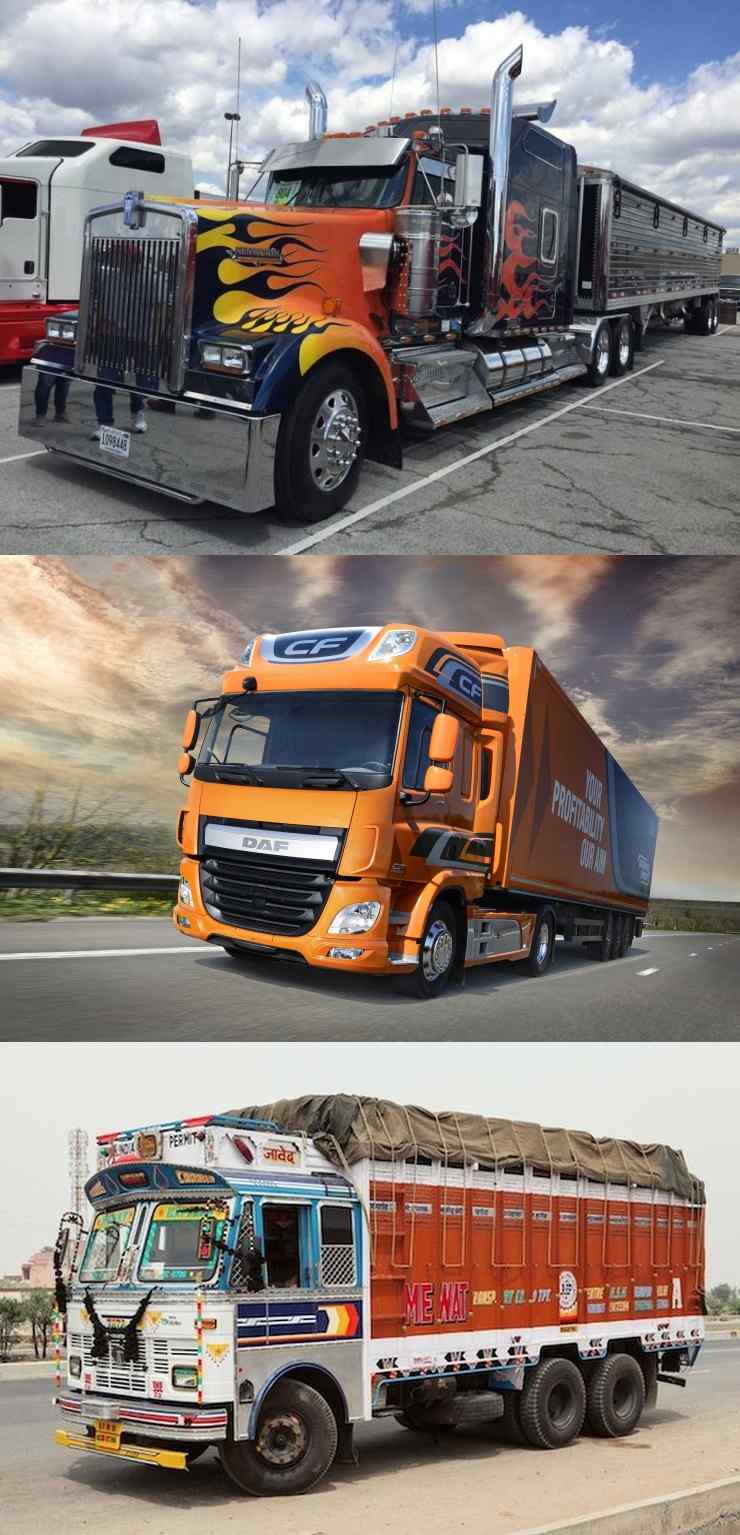
American trucks
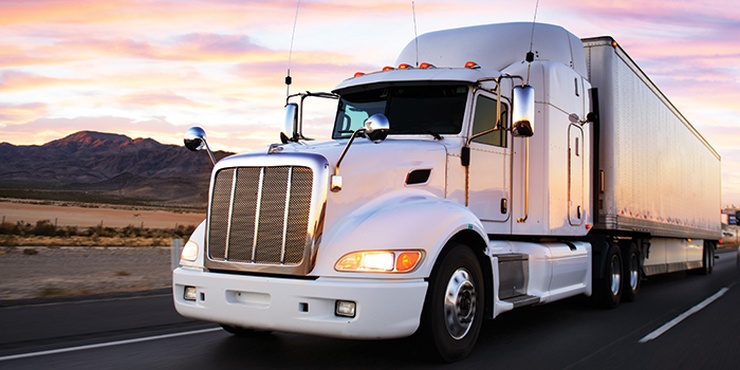
When it comes to American semi-trucks, size undoubtedly matters. These road giants sport a commanding presence with their long noses and impressive wheelbases. This design stems from the need for robust towing capabilities and high-speed haulage on the vast American highways. But what truly distinguishes American trucks is their emphasis on driver comfort and accommodation. Many American semi-trucks feature spacious sleeping quarters and amenities within the cabin. This design caters to the lifestyle of owner-operators who traverse long distances, often living out of their trucks.
Also read: 10 DC Design cars & how they look in the REAL world: Maruti Swift to Mahindra XUV500
European trucks
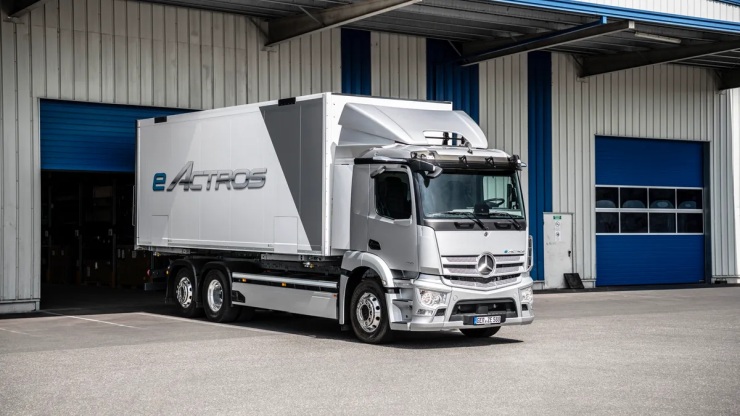
Across the Atlantic, European semi-trucks present a stark contrast. European roads are narrower, city streets windier, and parking spaces tighter, necessitating a more maneuverable and compact design. The cab-over-engine layout, popular in Europe, enables a shorter wheelbase and a more squared-off front. This design optimizes handling in urban settings and on winding roads. Furthermore, the European trucking industry leans less towards owner-operators, resulting in less demand for expansive sleeper cabins. These practical considerations drive the design of European trucks, making them ideal for the continent’s unique road infrastructure and driving patterns.
Indian trucks
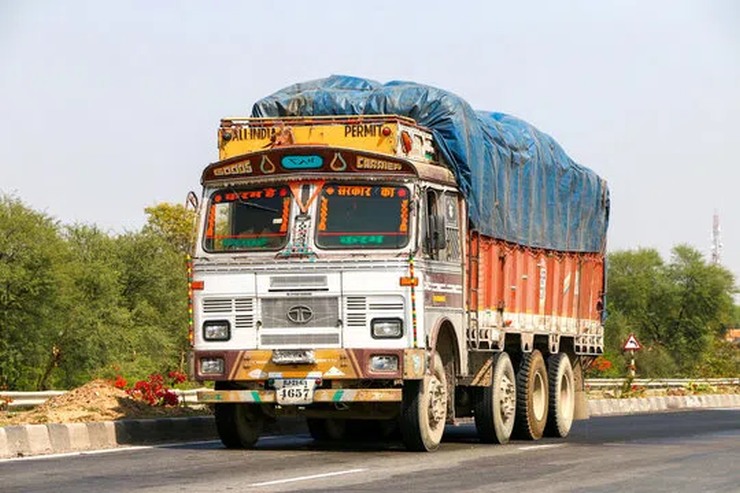
As we shift our focus to India, we encounter a different set of challenges that influence truck design. India’s roads are a dynamic mix of congested city streets, narrow rural lanes, and highways with varying conditions. This diversity necessitates a design that balances maneuverability, efficiency, and durability. Indian trucks often feature a cab-over-engine layout, akin to European trucks, to navigate through tight spaces and chaotic traffic.
However, the uniqueness of Indian trucks goes beyond just their layout. In India, trucks are often tasked with not only hauling cargo but also serving as a lifeline for the drivers. Many Indian truckers spend days and nights on the road, turning their trucks into temporary homes. As a result, Indian truck designs emphasize cabin comfort and functionality. Customized cabins offer sleeping quarters, storage spaces, and even cooking facilities. This reflects the truck’s role as a home away from home for long-haul truckers.
Regulatory constraints also play a significant role in Indian truck design. Indian roads have weight restrictions, leading to the development of lighter yet robust trucks. These vehicles are adept at carrying substantial loads while navigating through narrow streets and uneven surfaces. Moreover, Indian trucks are designed for fuel efficiency, a crucial consideration in a country where fuel costs have a substantial impact on operational expenses.
The main differences between American and Indian trucks
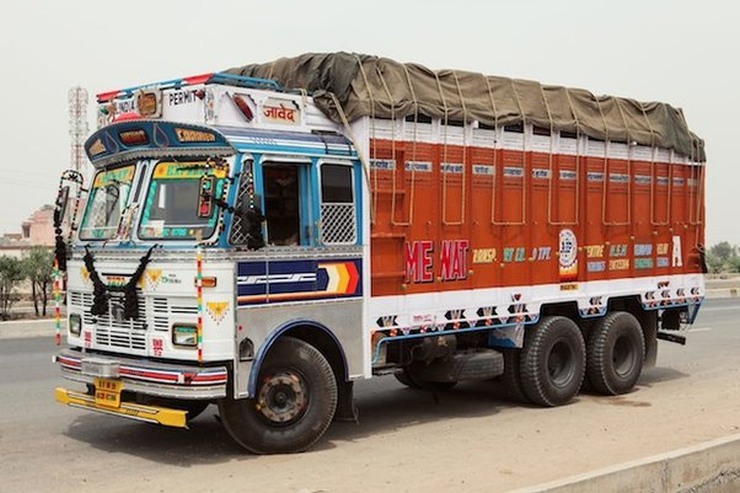
Design and Size
American trucks are renowned for their large size and elongated front noses. This design allows for powerful engines and optimal towing capacity, catering to the extensive interstate highway systems. In contrast, Indian trucks prioritize compactness due to narrow city streets, congested roads, and limited parking spaces. Indian trucks typically adopt a cab-over-engine layout, which maximizes cargo space while maintaining maneuverability in densely populated urban areas.
Payload and Efficiency
American trucks are built to handle substantial payloads, often pulling multiple trailers with ease. This design is aligned with the vast distances of the U.S. highways and the need to transport large quantities of goods efficiently. Indian trucks, while not lacking in carrying capacity, focus on optimizing efficiency due to India’s fuel cost sensitivity. Indian trucks are designed to balance payload capacity with fuel economy, considering the frequent stop-and-go nature of Indian traffic.
Driver Comfort and Amenities
American trucks often prioritize driver comfort, featuring spacious sleeper cabins with modern amenities. This reflects the lifestyle of long-haul truckers who spend extended periods on the road. These cabins offer sleeping quarters, kitchen facilities, and even entertainment options. In contrast, Indian trucks cater to the needs of drivers who may be on the road for days or weeks at a time. While cabin amenities may not match those of American trucks, Indian trucks offer functional interiors that cater to the truckers’ basic needs during extended journeys.
Road Conditions and Terrain
American trucks traverse long, straight highways with predictable road conditions, enabling the use of larger wheelbases for a smoother ride. The focus on high-speed cruising aligns with the U.S. highway network. In India, diverse road conditions demand trucks that can handle both rough terrain and crowded city streets. The compact design of Indian trucks helps them navigate through uneven surfaces, narrow roads, and congested urban areas efficiently.
Regulations and Restrictions
American trucks enjoy more lenient size regulations and speed limits on highways, influencing their design and performance characteristics. Indian trucks, on the other hand, operate under stricter regulations due to narrower roads, lower speed limits, and weight restrictions. These regulations shape the dimensions and capabilities of Indian trucks, ensuring they are well-suited for the specific challenges presented by the Indian road infrastructure.
Also read: Upcoming 2022 Maruti Suzuki Vitara Brezza rendered

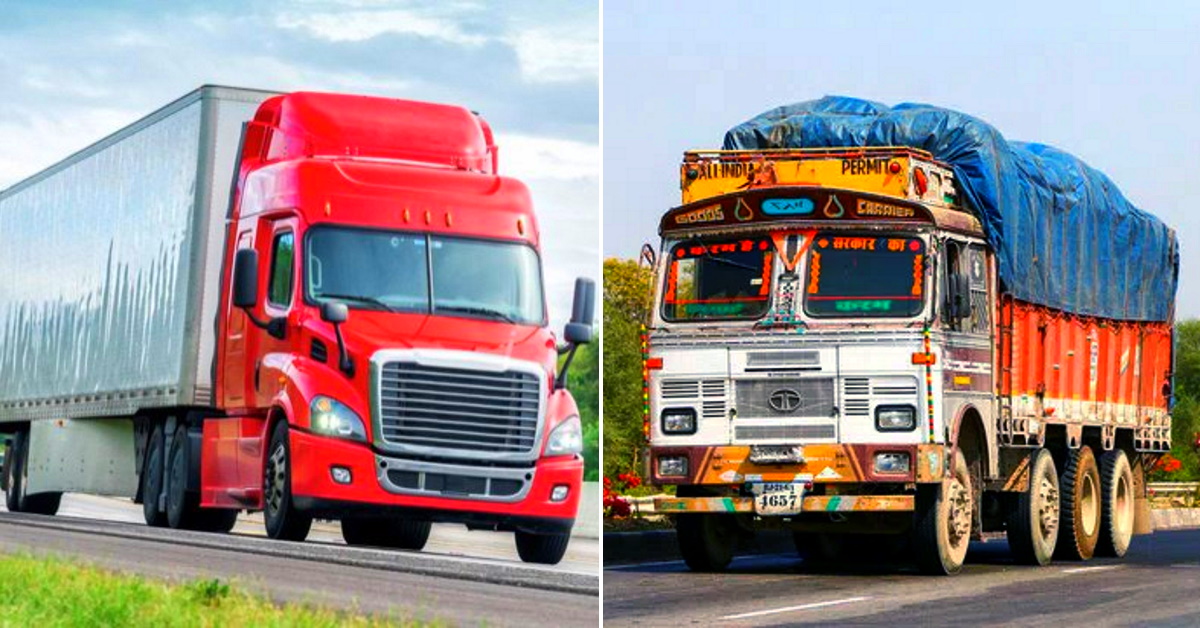




![Tata Nexon facelift interiors: What they look like at night [Video]](https://www.cartoq.com/wp-content/uploads/2023/08/nexon-facelift-featured-253x131.jpg)
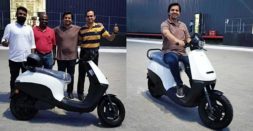
![Anant Ambani Arrives In Ambanis' 9th Rolls Royce Cullinan - A Black Badge Worth 13 Crore [Video]](https://www.cartoq.com/wp-content/uploads/2024/06/cullinan-featured-1-253x131.jpg)

